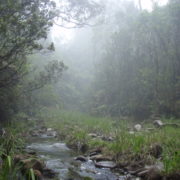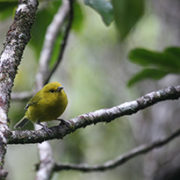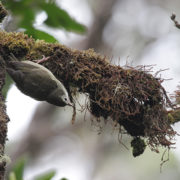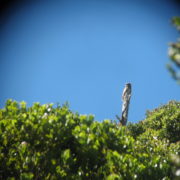Unexpected AKtivity
 (From the notebook of staff research assistant Adam Elzinga)
(From the notebook of staff research assistant Adam Elzinga)
This fall we had a very successful banding effort in the Kawaikoi drainage of Koke‘e State Park. This site is located on the western edge of the Alaka‘i plateau and has seen steep declines in native forest bird abundance over the past ten years. We had heard intriguing reports of Akeke‘e and ‘Akikiki foraging along Kawaikoi stream, so decided it would be a worthwhile effort to try to locate and capture some of these critically-endangered forest birds surviving on the edge of their known range. Akeke‘e have proven very difficult to catch as they forage almost exclusively in the forest canopy and rarely venture low enough to be captured by traditional mist-nets. To address this issue, we modified a mist-net rigging design originally developed to catch Marbled Murrelets in the redwoods of California. With this new setup we were able to get a 12-meter net at canopy level in a known Akeke‘e foraging area. Luck was on our side and one morning as we watched a pair of Akeke‘e chasing each other through the canopy, we captured the fourth Akeke‘e in KFBRP history. With less than a thousand individuals remaining, every blood and feather sample we collect helps fill in the missing pieces needed to determine causes of their decline. While the Akeke‘e capture was very exciting, unexpectedly catching an ‘Akikiki in the same net was icing on the cake. The ‘Akikiki population has been in a rapid free-fall throughout its entire range, making it now one of the most imperiled species in Hawaii, and it has all but disappeared from the western end of the Alaka‘i. The difficulty in catching these extremely rare birds reinforces the necessity to study them before it is too late.

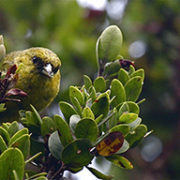
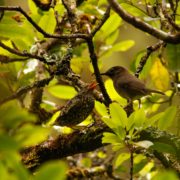
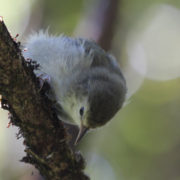
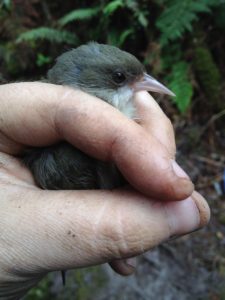 (From the notebook of seasonal volunteer Liza Olson)
(From the notebook of seasonal volunteer Liza Olson)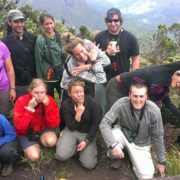
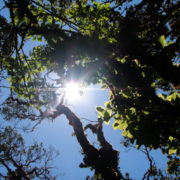
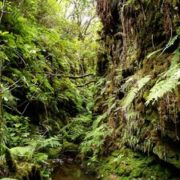
 (from the notebook of Americorps intern Nicki Ozaki)
(from the notebook of Americorps intern Nicki Ozaki)